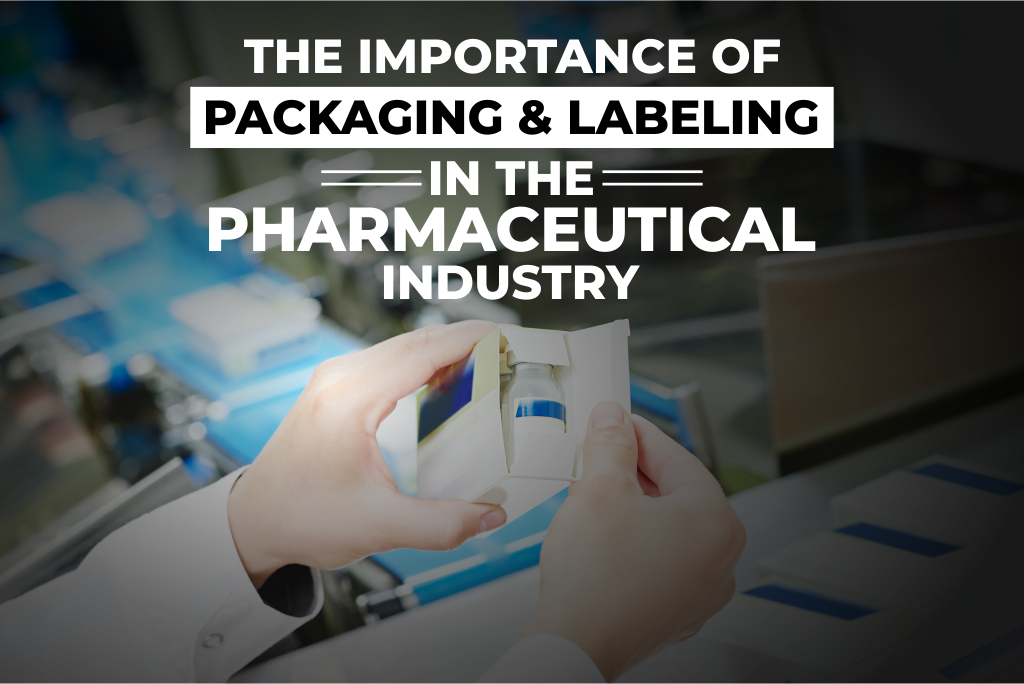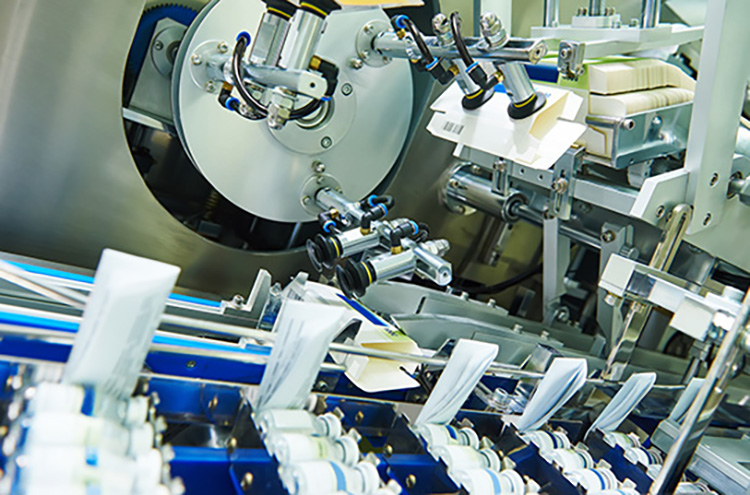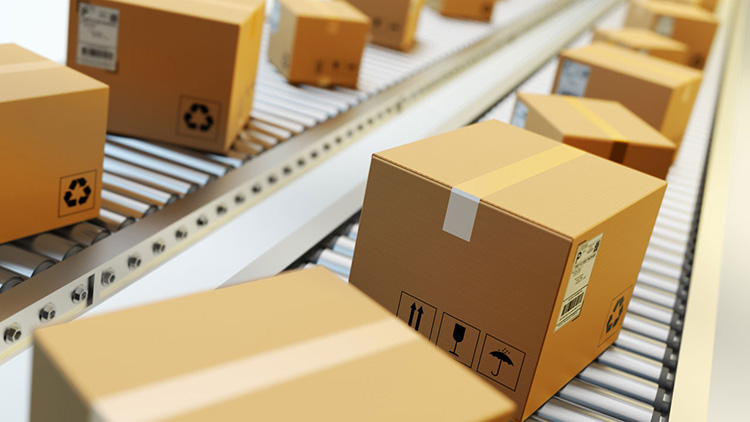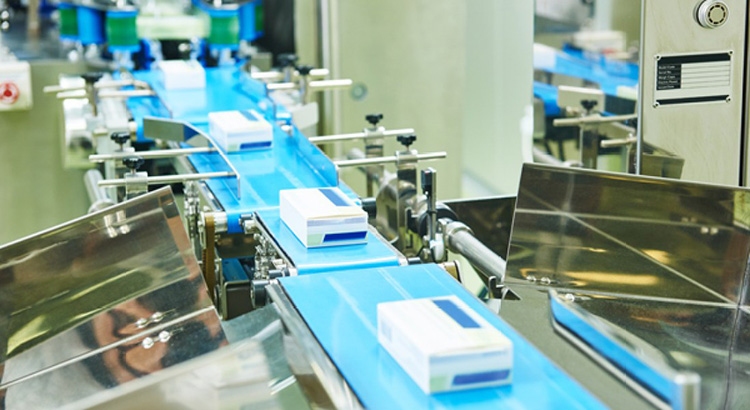
Packaging and labeling are critical components irrespective of any industry for their products, but the Pharmaceutical industry has its niche for this. It does not just help in showcasing the product on the shelf that looks exquisite but is also directly involved with the health and safety of patients. Moreover, both packaging and labeling must comply with the regulatory agency requirements such as 21 CFR, 211.130, 211.122, and 211.137, etc. With increased demands, evolving drug products, and technological advancements, pharmaceutical packaging and labeling must also emerge to accommodate changes. Let us first understand the primary goals of packaging and labeling in the pharmaceutical industry.
The primary goal is to safely dispatch a company’s products to customers who are 100% compliant with the industry’s rules and regulations.
Packaging:
The packaging describes the product from the manufacturing stage to the final use. It protects the product from physical and biological damage, contains detailed information and identification, and maintains its quality in extreme temperature conditions.
Labeling:
Labeling the product gives precise information on the product’s name, the quantity of active and inactive ingredients, how to use the product, warnings associated with the product, reactions to the drug, drug facts table, and more.

Advantages of Appropriate Packaging and Labeling:
Pharmaceutical products are essential for public health. Hence, for uncomplicated management of the products from the target audience perspective, pharmaceutical companies should not underestimate the packaging and labeling of drug products. Understanding the packaging and labeling process and outlining details on the product provides an advantage to the companies in successfully reaching the target audience. Following are some advantages of appropriate packaging and labeling.
1. Better Communication:
Distinguishable and easy-to-read information of the product attracts the customers and reduces fatality chances. Details of quantity and intervals of the medication help patients during the treatment.
2.Protection from adverse effects/ emergencies:
With accurate labeling, patients can spot warnings and side effects hence decreasing the medical emergencies. The new packaging standards also incorporate information on the safety of drugs for children or senior citizens.

Consequences of Poor Packaging and Labeling Practices:
There are specific and detailed regulatory guidelines on packaging and labeling products in pharmaceutical industries been outlined by the industry regulatory bodies. When companies fail to provide the requisite information and do not emphasize the details, it can cause tremendous loss and fatalities. In addition, manufacturers and distributors are at massive risk if they do not follow best practices. Here are some potential risks that companies may face if they do not comply with regulatory packaging and labeling standards:
1) Puts customers at risk:
Inappropriately dispensed drugs potentially harm consumers and risk their lives. In addition, if packaging and labeling fail to provide adequate information, there can be long-term health issues or even unintended side effects. Therefore, companies should take account of every minute detail of the packaging and labeling from the initial manufacturing stage itself. One simple error in the final design can prove detrimental to the health of the patients.
2) Puts reputation of the company at stake:
It takes years of dedication and an immense amount of hard work to build a company’s reputation in the market through quality products. However, improper packaging and labeling may result in a loss of consumer trust and cause significant harm to the brand image. Therefore, it becomes an almost irreversible task to overcome consumers’ trust in the market once the medication fails to meet standards. Alternatively, the company can take all necessary precautions of packaging and labeling to protect their brand and customers.
3) The cost of noncompliance is hefty:
Pharmaceutical companies are dealing with bulk products across various organizations and even countries. Moreover, companies deal with thousands of people, demanding appropriate communication between departments and process evaluations. The volume of the products, more people, and complexity of the process increase errors. One error in the packaging or labeling that harms the consumers can lead to product recalling of the entire batch. Inaccuracy in compliance with packaging and labeling regulations can subject your company to heavy penalties and litigation. Corrections in the labeling cause additional time and cost if companies want to continue their product in the market. However, keeping in mind the considerable cost of a company recall and lawsuits, companies should double-check all the accuracy standards of packaging and labeling before the product’s commercial launch.

Summary:
With the new and better products, packaging and labeling are also evolving to meet modern requirements in the pharmaceutical industry. Therefore, companies have to willingly consider the gap analysis and ensure careful packaging and labeling of their products for the success of their business. Our services at NEWEDGE Overseas include:
- Packaging and labeling in a temperature and humidity controlled environment
- Mass-packaging
- Designing and branding services
- Packaging regulatory control
- Flexible packaging
We are equipped with the necessary tools and an advanced facility to manage complete control over the products’ quality, efficacy, and longevity.